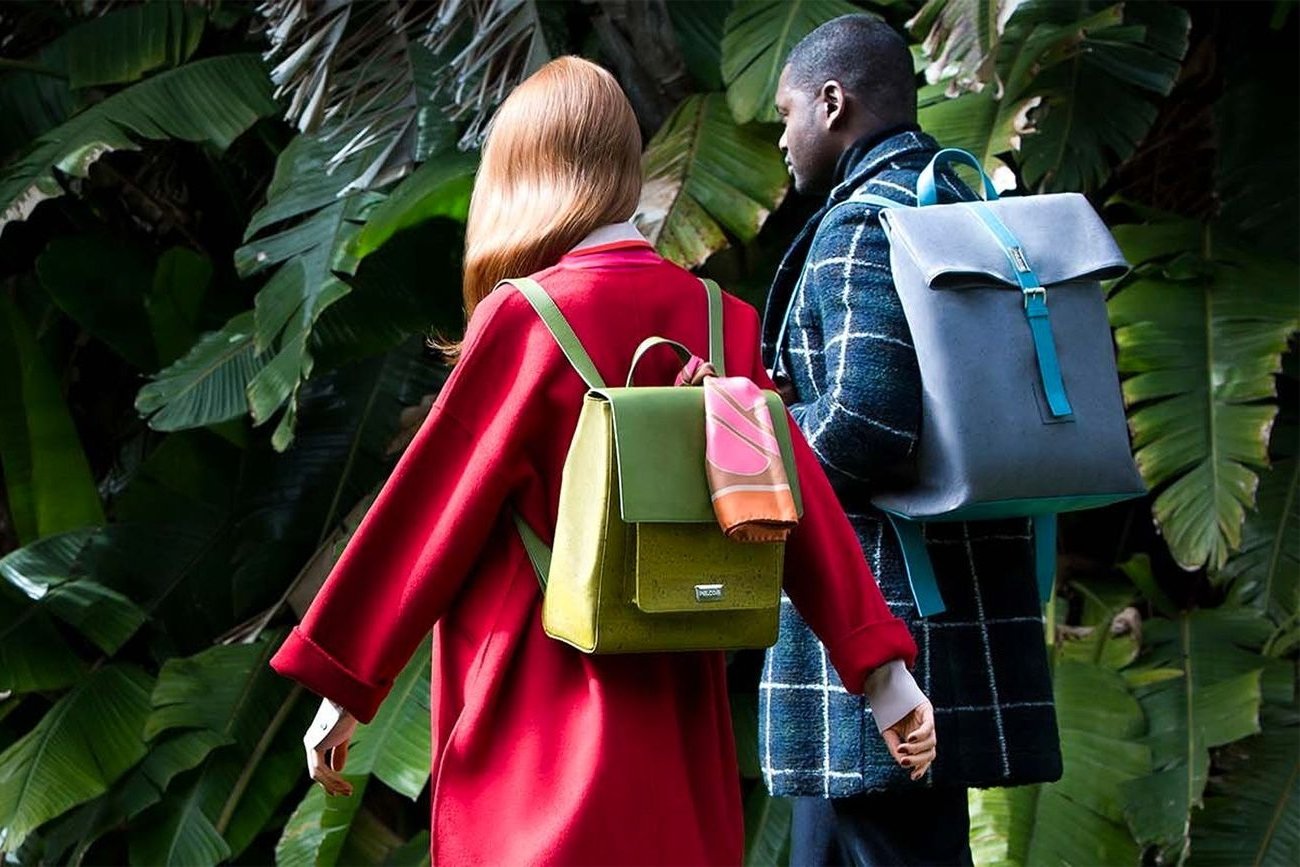9 Startups Modifying the Material of Style
As ethically minded buyers turn into mindful of how supplies are obtained and demand an additional type of change for their dollar, various businesses around the globe are lining up to money in on vegan leather enterprises. Numerous organizations — between them Land Rover, Tesla and H&M — are shedding their animal skins to develop new business and investment opportunities.
“The mindset towards animal byproducts is changing,” says Land Rover Style Director Gerry McGovern. “Personally, I’d be fairly content to move away from leather tomorrow. I never like that we have to slaughter all these cows to generate leather.”
Associated: Can a Vegan Trend Brand Survive in the Marketplace?
He is proper on the income about a shift in attitude. In accordance to a latest report, the global synthetic-leather market is expected to reach $85.05 billion by 2025. Tesla has aided lead the charge by providing modern, large-tech vegan leather that decreases the automaker’s carbon footprint whilst improving its target on sustainability. In the world of fashion, common retailer H&M is committed to becoming “climate constructive,” which implies utilizing components that reduce emissions. To fast-track this objective, H&M is assisting fund a company that’s creating leather out of wine.
Here are 9 source materials now becoming employed by vegan-leather startups that are poised to get the trend globe by storm.
1. Grapes.
Wine leather is the latest progressive materials made by processing the reliable stays of grapes. It really is a totally normal, raw materials created of the grape skins, stalks and seeds discarded in wine-producing.
“We are at present working the patent implementation stage and our goal is to be prepared by the beginning of 2018,” says VEGEA Founder Gianpiero Tessitore. “From that second, we will start off partnerships with powerful manufacturers and will define with them the market strategy and the timing for companies to buy Wineleather. At the present stage we are getting ready some prototypes for furnishings, bags, garments and other equipment and we are aiming to show them throughout an event which is planned for October, in Milan.”
2. Apples.
Apple leather makes use of wasted pulp — the stuff which is left behind in the cider pressing procedure — as the primary ingredient. Apple leather sticks to the fruit’s authentic characteristics, incorporating as small as feasible to the pulp recipe. This keeps the material one hundred % biodegradable (and edible). The Apple Girl, a PETA-Accepted firm, fulfilled its 1st purchase to develop wristbands for the Copenhagen Cider Festival in August 2016. This item is meant to be consumed or break down naturally: It can go back to the soil from which it came with no harming people or the planet. The concept is a complete circular economy, mimicking daily life by seeking to nature for inspiration and remedies.
3. Pineapples.
Based in the U.K. and Spain, Ananas Anam has produced a materials called Piñatex. It really is soft, flexible and breathable — plus it can be printed on, stitched and cut. This creates a prolonged list of likely employs, including footwear, vogue add-ons, house furnishings and interiors for the automotive and aeronautics industries. According to the firm, Piñatex fibers are byproducts of the pineapple harvest and call for no further land, water, fertilizers or pesticides past what is essential to cultivate pineapples for consumption. Leaves are degummed and manufactured into a luxe, mesh material that feels significantly like felt. Aesthetics aside, pineapple leather is super-sustainable. New vegan brand and on-line shop PlanetGuests carries Nae’s new pineapple-leather footwear.
Connected: This New Textile Combines Sustainability With Style
Four. Mushrooms.
The Italy-primarily based Grado Zero Espace creates a lot of vegan textiles, including a mushroom leather that resembles suede. MuSkin is created from mushroom caps tanned with nontoxic ingredients — in contrast to the toxic chemical compounds utilised for leather made from the skin of cows or other animals. The new biodegradable materials is softer, a lot more breathable and far more water-repellent than leather derived from animals. That can make it perfect for everyday products this kind of as belts, purses and shoe soles. To understand a lot more, check out this video.
5. Paper.
Practically nothing says sustainable, luxury fashion like sporting trees. Paper No. 9 creates vegan paper leather in an array of colors, textures, and results. The company’s signature textiles are nontoxic, plastic-free and made to buy. Each is composed of recycled paper, material (from remnants, organic sources or otherwise ethically obtained sources) and organic glues, waxes, oils and emollients.
6. Cork.
Portuguese brand Pelcor manufactures sustainable cork skin which is lightweight, waterproof, flexible, resistant and insulating. Pelcor offers cork with backings of cotton, polyester-coated polyurethane or nylon. The process uses cork oak — the naturally regenerating, water-resistant cells from the outer bark of cork oak trees. These products are as appealing to the planet as they are to your sense of design.
7. Tea.
It is no longer just your go-to wholesome brunch drink. Researchers at Iowa State University as well as entrepreneurs from the German startup ScobyTec have been using kombucha tea to make vegan leather. It really is affectionately called “teather.” Even though materials even now are currently being tested, harvesting fibers from a kombucha-based mixture is showing critical guarantee. We can’t wait to see pieces on the runways.
eight. Soy.
XXLab in Yogyakarta, Indonesia, is making a new soy leather created from the liquid runoff inherent in tofu manufacturing. This lower-cost, zero-waste fabric has been used for shoes, purses, and wallets. The new leather-like materials is not yet accessible to the public, but we look forward to seeing the benefits of this fascinating project.
Connected: The Artwork of Making a Vegan Brand
9. Corn.
Coronet can make bio polyols, which are plant-based mostly polymers derived from natural, renewable sources. Think grains and seeds from food-cost-free cereal crops rather than from petrochemical origins. At the manufacturing stage, these cutting-edge fibers generate zero carbon-dioxide emissions. The main raw material in bio polyols is either discipline corn or yellow dent. Yellow dent grows on more than 99 % of North American cornfield acres and is made to make ethanol and other manufactured goods. Field corn is not viable for human consumption, so its textile use does not have an effect on the edible corn marketplace. And the raw material needed for bio polyols has a smaller environmental footprint than do their petroleum-primarily based alternatives.
Published at Sun, 17 Sep 2017 15:00:00 +0000


